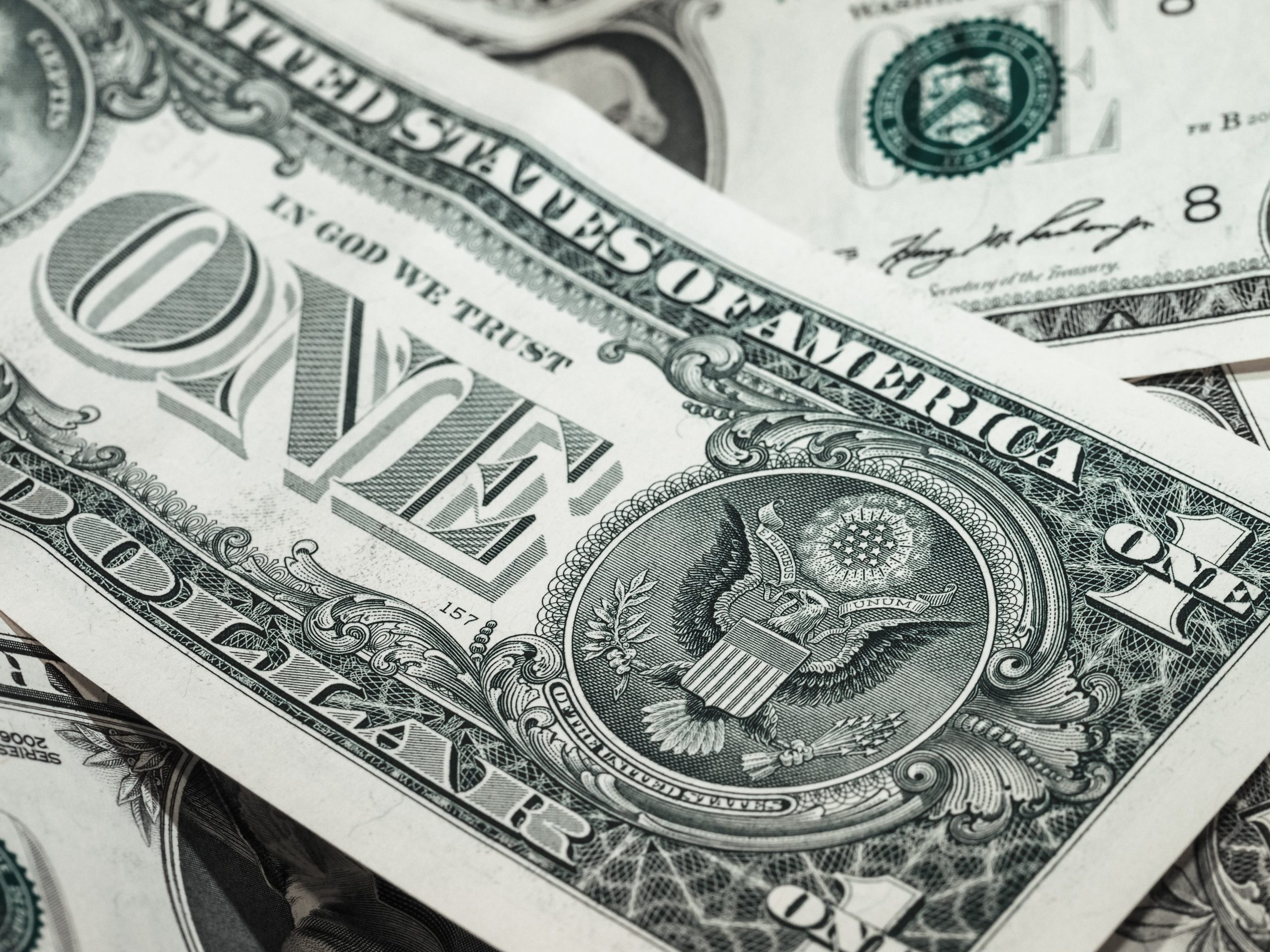Unpacking Core Inflation
Core inflation, a crucial economic indicator, gauges the price changes of goods and services, excluding food and energy. Recently, the US experienced a notable surge in core inflation rates, marking a sustained increase in prices beyond these essential sectors.
Factors Driving Price Pressures

Several factors contribute to this inflationary surge. Increased consumer demand, supply chain disruptions, rising production costs, and the pandemic’s aftermath have collectively propelled prices upward. Supply shortages, amplified by global logistics challenges, have played a pivotal role, causing a ripple effect across industries.
Impact of Persistent Inflation
The persistent rise in core inflation has multifaceted impacts. It affects consumers’ purchasing power, eroding savings, and potentially altering spending behaviors. Businesses face heightened production costs, often passed on to consumers, influencing pricing strategies and profit margins.
Economic Implications and Future Trends
The implications of sustained core inflation are far-reaching. Central banks closely monitor these trends, contemplating adjustments in monetary policies to curb inflationary pressures. However, finding a balance between inflation control and economic growth remains a challenge. Experts predict ongoing vigilance from policymakers to navigate this delicate equilibrium.
As the economy adapts to post-pandemic realities, future trends in core inflation will hinge on various factors. Recovery trajectories, global supply chains, fiscal policies, and geopolitical events will collectively shape inflationary patterns in the coming months.




